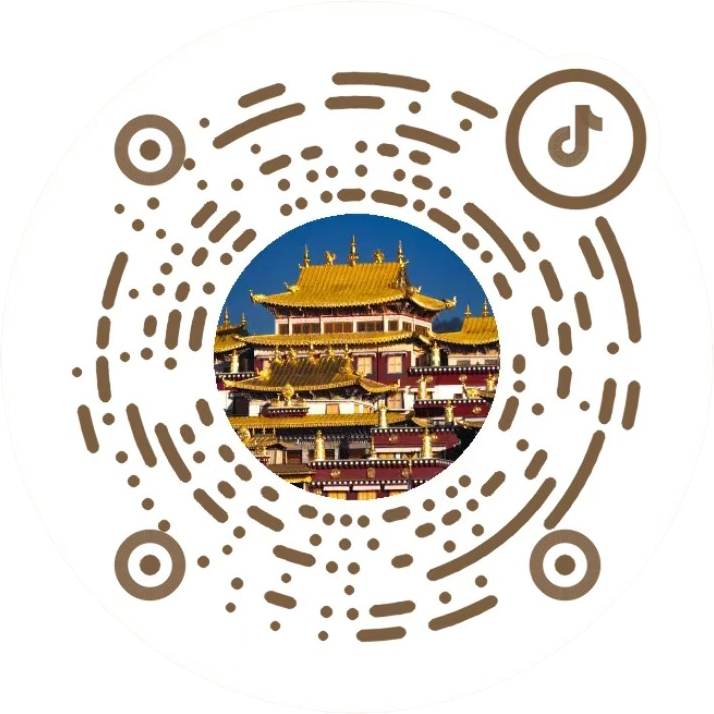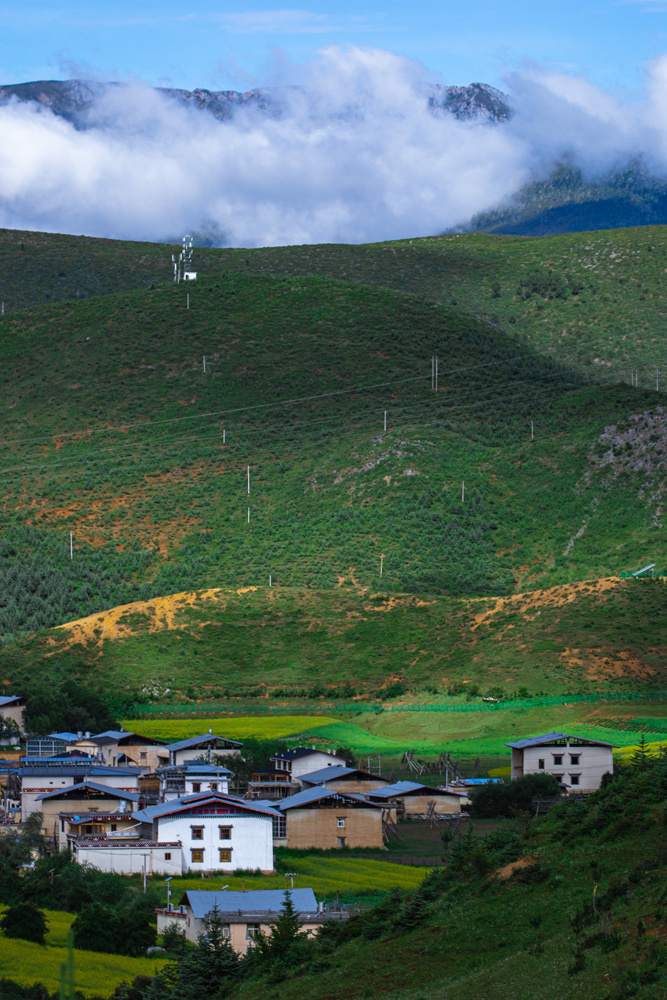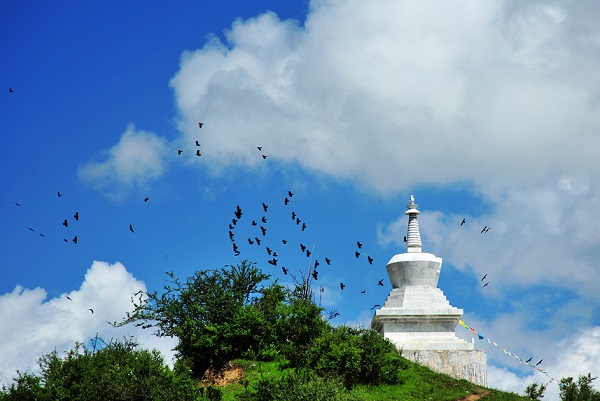-
-
-
Smart Scenic Area
-
-
Service Center
-
Small street
Category:
Scenic spots


Detailed description
The formation of Niwangzong Ancient Town originated from the Tibetan Buddhist manor system. In 1679, when Songzanlin Temple was initially built, Emperor Kangxi approved the ordination of 330 monks and assigned 300 slaves to serve the temple manor. Later, during the Qianlong period, another 70 households were granted, and thus, Songzanlin Temple had 370 households. Niwangzong Ancient Town is divided into two villages: the east is Conggulong, and the west is Xiaojiezi.
Niwangzong Ancient Town flourished in the later period of the Tea-Horse Ancient Road. Driven by the temple economy, Niwangzong Ancient Town once became an important post on the Tea-Horse Ancient Road, a famous village for trading salt, iron, tea, and mules and horses between the north and south.
In midsummer, Songzanlin Temple is far from the hustle and bustle of the city. Walking through this quiet ancient town built around the temple, rows of ethnic-style turrets stand side by side, their eaves gently rising upward, and the uniformly blue-tiled roofs are staggered.
This was an important post on the ancient tea-horse trade route, a famous village for trading salt, iron, tea, and mules and horses between the north and south.
Those dilapidated ethnic-style turrets carry the rich cultural connotation of the ancient town.
Keywords:
Scenic spots
formation
niwangzong
ancient
town
Previous:
Next:
Telephone:
Inquiries telephone:15758459023Office telephone:0887-8229411
Complaints telephone:15758459024Emergency telephone:15758459020
Address:
No.3, Niwang Road, Shangri-La City, Diqing Tibetan Autonomous Prefecture, Yunnan Province
Follow us

Douyin

Official Account

Video Account
COOKIES
Our website uses cookies and similar technologies to personalize the advertising shown to you and to help you get the best experience on our website. For more information, see our Privacy & Cookie Policy
COOKIES
Our website uses cookies and similar technologies to personalize the advertising shown to you and to help you get the best experience on our website. For more information, see our Privacy & Cookie Policy
These cookies are necessary for basic functions such as payment. Standard cookies cannot be turned off and do not store any of your information.
These cookies collect information, such as how many people are using our site or which pages are popular, to help us improve the customer experience. Turning these cookies off will mean we can't collect information to improve your experience.
These cookies enable the website to provide enhanced functionality and personalization. They may be set by us or by third-party providers whose services we have added to our pages. If you do not allow these cookies, some or all of these services may not function properly.
These cookies help us understand what you are interested in so that we can show you relevant advertising on other websites. Turning these cookies off will mean we are unable to show you any personalized advertising.
Copyright: Shangri-La Songzanlin Scenic Area Protection and Development Co., Ltd.





